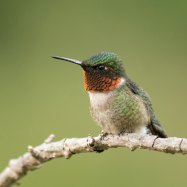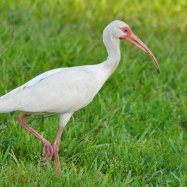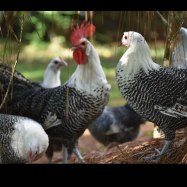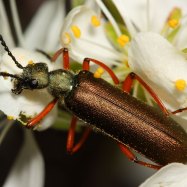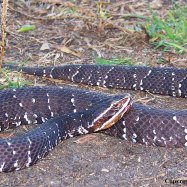
Ivy Bee
Approximately 10-12 mm
Meet the Ivy Bee, a small but mighty creature found in western and southern Europe. Measuring about 10-12 mm in length, this member of the Colletidae family has a slender, bee-like body. Keep an eye out for this hardworking pollinator in your garden! #IvyBee #pollinators #naturefacts
Animal Details Summary:
Common Name: Ivy Bee
Kingdom: Animalia
Habitat: Grasslands, gardens, and open areas near ivy plants
The Fascinating World of the Ivy Bee: A Master of Adaptation
In the world of animals, there are countless creatures that continue to amaze us with their unique adaptations and behaviors. One such animal is the Ivy Bee, also known by its scientific name, Colletes hederae. This small but remarkable insect has captured the attention of entomologists and nature enthusiasts alike, with its intriguing features and behaviors. But what sets the Ivy Bee apart from other insects? In this article, we will explore the fascinating world of the Ivy Bee and uncover the secrets of this master of adaptation Ivy Bee.The Basics of the Ivy Bee
Before diving into the intriguing characteristics of the Ivy Bee, it is important to understand the basics of this fascinating insect. The Ivy Bee belongs to the Animalia kingdom and the Arthropoda phylum. It is a member of the Insecta class and the Hymenoptera order. This insect is part of the Colletidae family, which includes over 2000 species of solitary bees. The Ivy Bee is a small insect, with an approximate length of 10-12 mm, and a slender body that is bee-like in appearance.The habitat of the Ivy Bee typically includes grasslands, gardens, and open areas near ivy plants, as the name suggests. It is mostly found in the western and southern parts of Europe, with its country of origin being Spain. However, in recent years, this species has expanded its geographical distribution and can now be found in other parts of Europe, such as the United Kingdom and France.
The Colorful Appearance of the Ivy Bee
One of the most distinctive features of the Ivy Bee is its bright and eye-catching appearance Ichthyostega. This insect has an orange-brown body with vibrant yellow stripes, making it stand out in its surroundings. The contrast between these colors not only adds to the aesthetic appeal of the Ivy Bee but also serves a purpose in its survival.The coloration of the Ivy Bee is a form of aposematic coloration, a term used to describe the warning colors of animals that are poisonous or have a harmful defense mechanism. This serves as a warning to potential predators, keeping them at bay. In the case of the Ivy Bee, this coloration is a result of its nectarivorous diet, which we will explore in the next section.
The Feeding Habits of the Ivy Bee
One of the most interesting aspects of the Ivy Bee is its feeding method. As mentioned earlier, this insect is nectarivorous, meaning it feeds on the nectar of flowers. But what sets the Ivy Bee apart from other nectar-feeding insects is the plant it primarily feeds on – ivy.During the autumn months, when most flowers have wilted and died, ivy plants are in bloom, providing a vital food source for the Ivy Bee. This unique adaptation allows the Ivy Bee to survive and thrive when food sources are scarce for other insects. In addition to nectar, the Ivy Bee also collects pollen from flowers, which it uses to create provisions for its offspring.
The Master of Adaptation
One of the most impressive characteristics of the Ivy Bee is its ability to adapt to changing environments. Historically, this species was only found in the western and southern parts of Europe. However, in recent years, it has expanded its geographical distribution to other parts of Europe, thanks to its remarkable adaptation skills.One of the factors contributing to this expansion is believed to be climate change. As temperatures continue to rise, the flowering period of ivy plants has extended, providing a longer window for the Ivy Bee to feed and reproduce. Additionally, the Ivy Bee has also adapted to nesting in different soil types, allowing it to thrive in various habitats.
The Role of the Ivy Bee in the Ecosystem
While the Ivy Bee may seem like a small and insignificant insect, it actually plays a vital role in the ecosystem. As a pollinator, this species contributes to the reproduction of ivy plants, which are important sources of food for other animals, such as birds and mammals. Without the Ivy Bee, the delicate balance of the ecosystem could be disrupted, leading to negative consequences.Moreover, as a solitary bee, the Ivy Bee creates individual nests rather than living in colonies like honeybees. This means that it does not compete with other pollinators for resources, making it an essential contributor to maintaining biodiversity.
Challenges Faced by the Ivy Bee
Despite its remarkable adaptation skills, the Ivy Bee is not immune to challenges and threats. One of the primary concerns for this species is habitat loss, as grasslands and open spaces continue to be developed for human needs. Additionally, the use of pesticides and herbicides has also affected the abundance of food sources for the Ivy Bee, indirectly harming the species.Conservation efforts are underway to protect and preserve the habitat of the Ivy Bee. By raising awareness and educating the public about the importance of this species, steps can be taken towards securing its future.
In Conclusion
The Ivy Bee may be small in size, but it is an insect that has captured the attention of many with its remarkable characteristics and behaviors. From its unique coloration to its adaptation skills, this species continues to fascinate and intrigue researchers and nature lovers alike. With its vital role in the ecosystem, it is crucial to protect and preserve the habitat of the Ivy Bee, ensuring its survival for generations to come. So, the next time you spot a vibrant orange and yellow bee buzzing around an ivy plant, take a moment to appreciate the master of adaptation – the Ivy Bee.
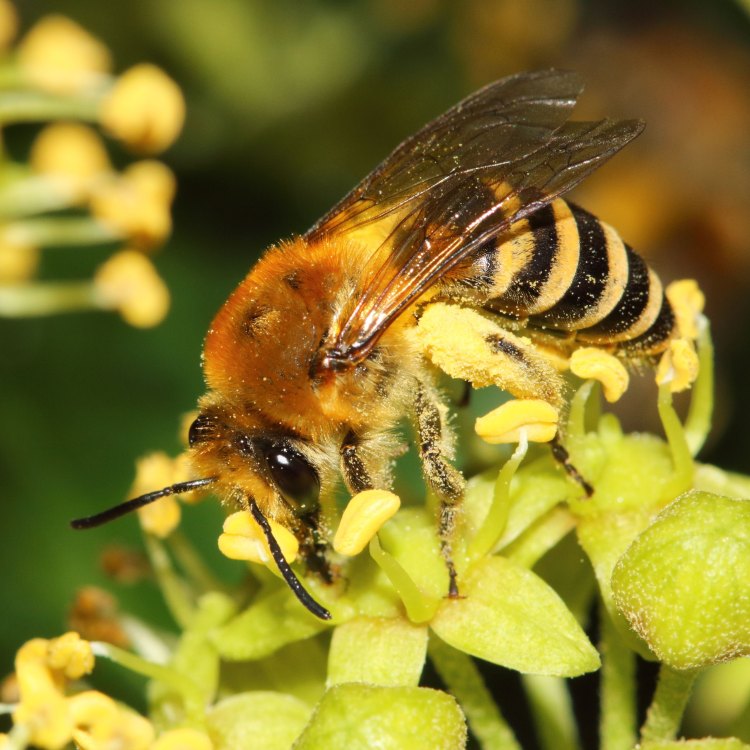
Ivy Bee
Animal Details Ivy Bee - Scientific Name: Colletes hederae
- Category: Animals I
- Scientific Name: Colletes hederae
- Common Name: Ivy Bee
- Kingdom: Animalia
- Phylum: Arthropoda
- Class: Insecta
- Order: Hymenoptera
- Family: Colletidae
- Habitat: Grasslands, gardens, and open areas near ivy plants
- Feeding Method: Nectarivorous
- Geographical Distribution: Europe
- Country of Origin: Spain
- Location: Mostly found in western and southern parts of Europe
- Animal Coloration: Orange-brown with yellow stripes
- Body Shape: Slender and bee-like
- Length: Approximately 10-12 mm
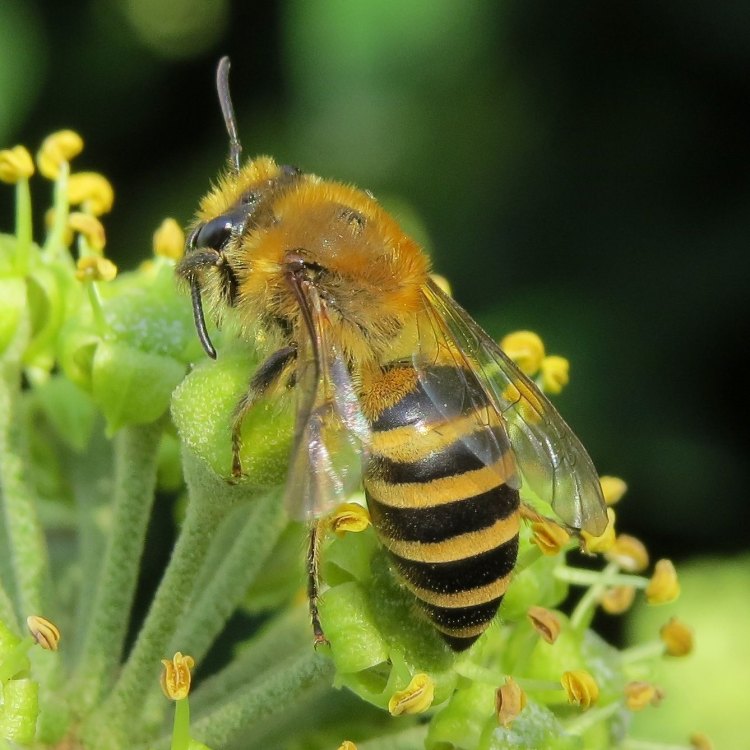
Ivy Bee
- Adult Size: Small
- Average Lifespan: Up to 2 months
- Reproduction: Sexual
- Reproductive Behavior: Females create nests underground for overwintering
- Sound or Call: No specific sound or call
- Migration Pattern: Non-migratory
- Social Groups: Solitary
- Behavior: Active during the autumn when ivy flowers bloom
- Threats: Habitat loss, climate change, and pesticide use
- Conservation Status: Not evaluated
- Impact on Ecosystem: Important pollinators for ivy plants
- Human Use: No significant human use
- Distinctive Features: Distinctive orange-brown coloration and yellow stripes
- Interesting Facts: Only discovered in Britain in 2001
- Predator: Various insect predators
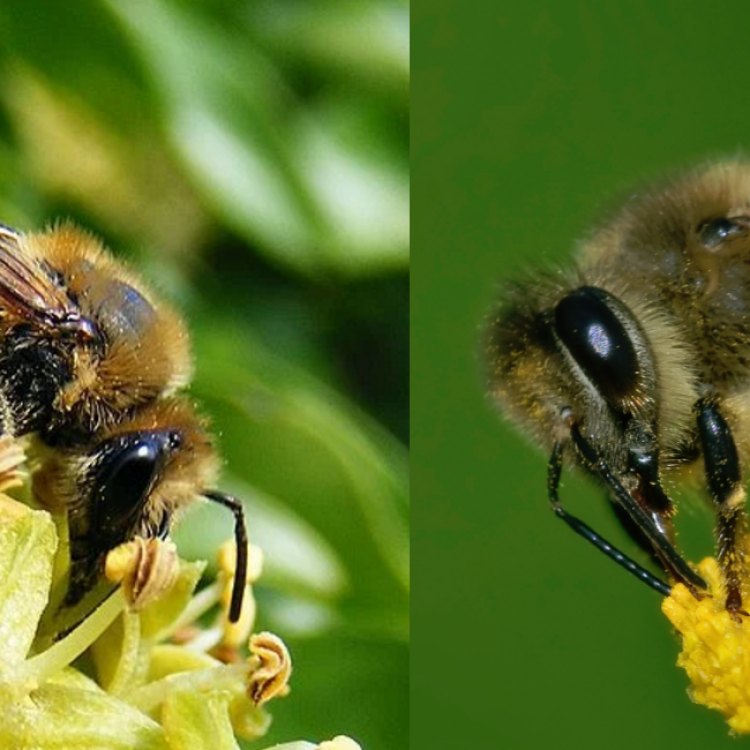
Colletes hederae
The Enigmatic Ivy Bee: A Tiny But Mighty Pollinator
As the autumn breeze blows through gardens and parks, a small insect buzzes from flower to flower, seemingly undeterred by the waning warmth of the season. You may have caught a glimpse of this distinctive insect with its striking orange-brown coloration and yellow stripes. This is the Ivy Bee (Colletes hederae), a relatively new addition to Britain's biodiversity. Despite its small stature, this solitary bee plays a crucial role in pollinating ivy plants and has become a fascinating subject for researchers and nature enthusiasts alike PeaceOfAnimals.Com.The Ivy Bee is a solitary bee species, meaning that it does not live in large colonies like honey bees or bumblebees. They are also known as mining bees, as they create underground nests for themselves and their offspring. These nests are constructed by the females in late summer and function as a shelter for the bees to overwinter until the following spring.
Unlike other bee species, the Ivy Bee's reproductive behavior is sexual, meaning that it requires both male and female bees for reproduction. The female bees mate with multiple males, and once they have stored enough sperm, they build their nests to lay eggs. The nests are simple and consist of a tunnel, branching off into several chambers, where the female will lay one egg and provide a supply of pollen and nectar for the hatchling. This process repeats until the female bee runs out of sperm or reaches the end of the tunnel.
Despite their relatively short lifespan of up to two months, Ivy Bees have a significant impact on the ecosystem. They are important pollinators for ivy plants, which rely on insects for their reproduction Iguanodon. In the autumn, when other bees and insects are preparing to hibernate, the Ivy Bee remains active, taking advantage of the blooming ivy flowers. These bees have specially adapted, long tongues that allow them to reach deep into the ivy flowers for nectar. As they move from flower to flower, they transfer pollen, effectively pollinating the plants and ensuring their survival.
But even as the Ivy Bee plays a crucial role in nature, it faces numerous threats that put its population at risk. Habitat loss, resulting from urbanization and intensive agriculture, is a significant issue for these bees, as it affects the availability of nesting sites and food sources. Climate change also poses a threat, as it can alter the timing of flowering and nesting seasons, disrupting the bees' life cycle.
One of the most significant threats to the Ivy Bee is the use of pesticides. Pesticides, especially neonicotinoids, can have severe consequences for bees, including death, impaired reproduction, and weakened immune systems. Unfortunately, these chemicals are commonly used in agriculture, despite their detrimental effects on pollinators. In recent years, efforts have been made to limit or ban the use of these pesticides, but more needs to be done to protect bees like the Ivy Bee.
Surprisingly, despite its importance in the ecosystem, the conservation status of the Ivy Bee has not been evaluated. It was only discovered in Britain in 2001, and since then, researchers and conservationists have been working to learn more about this bee species and its role in the environment. Understanding their behavior, nesting patterns, and preferred habitats is essential for conservation efforts.
Aside from its ecological significance, the Ivy Bee also has several interesting features that make it stand out from other bees. As mentioned earlier, their distinctive orange-brown coloration and yellow stripes make them easily recognizable. Unlike honey bees, they do not produce honey, and as solitary bees, they do not have a queen or workers. They also do not have a specific sound or call, unlike other bee species that buzz to communicate with one another.
Although they do not have any significant human use, the presence of the Ivy Bee in gardens and parks is an indicator of a healthy environment. Their presence also provides an opportunity for people to learn more about these fascinating creatures and appreciate their role in our ecosystem. As solitary bees, they are not aggressive, and thus, pose no threat to humans.
The Ivy Bee also has various insect predators, including wasps, hoverflies, and beetles, which help control its population. As for its migration pattern, the Ivy Bee is non-migratory, meaning that it does not move to other regions or countries as part of its life cycle. Instead, it remains in the same location throughout its short lifespan, contributing to local pollination efforts.
In conclusion, the Ivy Bee may be small, but it is a mighty pollinator that plays a significant role in our ecosystem. They face numerous threats, and their conservation status is yet to be evaluated, making it important for us to take action to protect their population. By supporting initiatives to conserve and protect pollinators like the Ivy Bee, we can ensure a healthy environment for ourselves and future generations. So the next time you see a small orange-brown bee buzzing around your garden, take a moment to appreciate the incredible journey and impact that this tiny but mighty pollinator has.
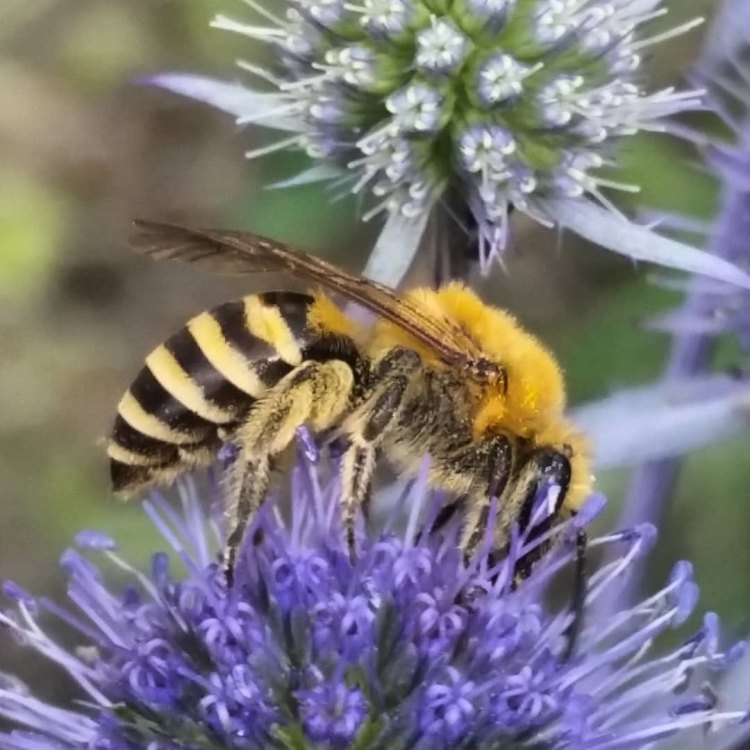
The Fascinating World of the Ivy Bee: A Master of Adaptation
Disclaimer: The content provided is for informational purposes only. We cannot guarantee the accuracy of the information on this page 100%. All information provided here may change without prior notice.




